A Journey Back to Lisbon in 1940
Lisbon, 1940. On an unknown day during a fateful year for Europe, Portugal's capital reveals itself through rare images. The crowds captured by the camera show the hustle and bustle of a city that also became a character in the military conflict that began a year earlier: World War II. It is in the streets, in recognizable places like Chiado and Praça de D. Pedro IV, better known as Rossio, that many refugees found a route of passage and escape. Under Portugal's apparent neutrality, Lisbon emerges as a free but enigmatic city, playing a decisive role for those seeking to escape the horrors of war.
 The film underwent a process of remontage and coloration, including the voice of German actor Bruno Ganz, who reads testimonies of fugitives passing through Lisbon on their way to exile.
The film underwent a process of remontage and coloration, including the voice of German actor Bruno Ganz, who reads testimonies of fugitives passing through Lisbon on their way to exile.
This journey into the past is made through the lost images of Eugen Schüfftan (1893-1977), legendary cinematographer of Metropolis (1927), who left Nazi Germany behind for the United States of America. At an undefined time, he found himself in Lisbon, camera in hand. We now return to these same images, worked and remontaged by Portuguese artist Daniel Blaufuks, who not only rediscovered them in the archives of the National Archive of Moving Images (ANIM) but also created the film-concert Naquele Dia em Lisboa (That Day in Lisbon) from them. It is now presented in an expanded version with English musician Matthew Herbert adding an original soundtrack, to be presented live – first at Theatro Circo in Braga on September 27, and then at Culturgest in Lisbon on September 30.
 We now return to these same images, worked and remontaged by Portuguese artist Daniel Blaufuks, who not only rediscovered them in the archives of the National Archive of Moving Images (ANIM) but also created the film-concert "Naquele Dia em Lisboa" from them.
We now return to these same images, worked and remontaged by Portuguese artist Daniel Blaufuks, who not only rediscovered them in the archives of the National Archive of Moving Images (ANIM) but also created the film-concert "Naquele Dia em Lisboa" from them.
A Window to the Past and a Mirror to the Present
It is also from these images, condensed and slowed down, that a window to the past opens, as well as a mirror to the present. They reflect Lisbon's role during the war, already well-studied, and the tensions of today's Europe. From the capital full of refugees and spies, a dialogue emerges with the current migration crisis and the return of conflicts to the old continent. "It is a film from the past, but it seems as pressing and urgent today," Blaufuks told Observador. It is up to the viewer to create their own narrative, adds the artist, but it is certainly in the unexpected crossing of images that the fascination they can have in contemporary times lies.
An Archive Discovery
It was in the early years of the new millennium that Daniel Blaufuks stumbled upon Schüfftan's forgotten reels. "I was doing research at ANIM when they told me about these images. They were some cans, until then never used, identified as 'Lisbon, Text Film'," he recalls. Without any description or context about their origin, the film immediately aroused his curiosity. Blaufuks began by using them in his documentary film Sob Céus Estranhos (Under Strange Skies), where he traces a history of the Jews who passed through Lisbon during the war – some, like his grandparents of Polish origin, who ended up settling in Portugal.
Some years later, he looked again at the images of this cinematographer, awarded an Oscar in 1962 for best cinematography in the film The Hustler. "For a long time they were on my computer, until, during the pandemic, I became interested in them again," he explains. The news about successive confinement periods and the refugee crisis echoed their power again. A first short version of the project, with music by Marco Franco, was presented in 2023, and now, as part of the Braga 25 – Portuguese Capital of Culture initiative, its expanded version emerges.
 "It is a film from the past, but it seems as pressing and urgent today," Blaufuks told Observador.
"It is a film from the past, but it seems as pressing and urgent today," Blaufuks told Observador.
In both versions, the film underwent a process of remontage and coloration, also including the voice of German actor Bruno Ganz, who reads testimonies of fugitives passing through Lisbon on their way to exile. Among the texts chosen by Blaufuks are names like Arthur Koestler, Hermann Grab, Hans Sahl, Karl O. Paetel, Erika Mann, Alfred Döblin, Heinrich Mann, Hertha Pauli, and Balder Olden – authors whom, during his research, he discovered had referenced the Portuguese capital.
In one of these texts, words by Alfred Döblin, himself a refugee, are recalled: "The poste restante corner in Lisbon, Portugal, the most remote region of Europe, became the tragic meeting point for many people in this fateful year of 1940, which exposed the frivolity and unconsciousness of an apparently tranquil life in Europe. Entire peoples were enslaved and families separated. Europe was paying for its sins and its mistakes. And we, refugees and children of this Europe, we were here in Lisbon and waited for the lifebuoy that someone would throw us from the other side of the ocean."
The Interweaving of Images and Sound
"Over the years I researched a lot about the history of the city in this period and gathered some of these excerpts. There is a lot of information about Lisbon's role as a refuge for spies, but also texts by authors who wrote about their passage through Lisbon, some quite forgotten today," he summarizes. Among these words, the fascination with descriptions of a Lisbon lost in time persists, which for Blaufuks deepens the mystery surrounding Schüfftan's images. "The truth is that, even today, we still don't know why he filmed them, under what circumstances he was in Lisbon with material for recording, and above all, why he didn't take them with him," he emphasizes.
To the magnetism of Schüfftan's images, revisited by Blaufuks, now joins the sound composition of Matthew Herbert, equally seduced by the narrative. The British musician and producer set out to create an immersive atmosphere that gives voice to the streets, gestures, and ghosts of that suspended day. "The first time I saw these images I had the sensation of being before a science fiction film," he recalls to Observador. "It is an alien version of Lisbon, about which we know little. We know nothing about the people we see nor what they were doing there. But it is precisely for that reason that we can create a poetic object, where the context of the war is present, without being directly inscribed in those images," he highlights.
 To Observador, Herbert explains the importance of the sounds collected by sound director Armanda Carvalho: "She was in the same locations and recorded the trams passing, people's footsteps, the water from the fountains."
To Observador, Herbert explains the importance of the sounds collected by sound director Armanda Carvalho: "She was in the same locations and recorded the trams passing, people's footsteps, the water from the fountains."
The slowdown imposed by Blaufuks' montage allowed Herbert to explore contrasts between silence and dramatization, creating a space to imagine voices and sounds from the gestures, walking, or clothing of the people. "We can project our imagination onto them and enter that more human spectrum," he adds. Blaufuks' poetic gaze accompanies this reading: "We see a woman stopped in the middle of the crowd who seems to face the camera (or is it the camera that seeks her?), or still the way Schüfftan places the camera on a tram circling Rossio. There is a mechanism invented by him that leaves us, once again, thinking about the objective or what he really wanted to film."
In the sound creation, humanity is sought in these anonymous faces. To Observador, Herbert explains the importance of the sounds collected by sound director Armanda Carvalho: "She was in the same locations and recorded the trams passing, people's footsteps, the water from the fountains. It was from that junction of sounds that I composed the soundtrack, maintaining that human connection that fascinated me from the start."
Learning from the Mechanisms of the Past
Unlike the images that can be found of Lisbon in this period, quite controlled by the Estado Novo regime, Schüfftan's free gaze continues to intrigue the two artists. "The mystery of these filmings is essential, as is the possibility of looking at Europe today and feeling that we face similar challenges," reflects Blaufuks. History does not repeat itself, he says, but the mechanisms remain. "It's not worth comparing epochs, but we can learn from those mechanisms."
 "The mystery of these filmings is essential, as is the possibility of looking at Europe today and feeling that we face similar challenges," reflects Blaufuks.
"The mystery of these filmings is essential, as is the possibility of looking at Europe today and feeling that we face similar challenges," reflects Blaufuks.
"We live in heated, dangerous times, where there seems to be no middle ground. There is a return of extremisms and fascisms. It is necessary to recenter the discussion and remember that we are, above all, human beings," he argues. Seeing these images today is also thinking about the role of Lisbon and Europe in the conflict that would end in 1945, but whose consequences are still felt.
"In 2025, history speaks as much about the Jewish refugees of World War II as about subsequent migrations, the Portuguese in France during the dictatorship, or those who today flee wars in search of a new life in Europe." Above all, this film-concert proposes itself as a visual and sound experience under the sign of empathy. "It is worth looking at these stories, at these people, and at what they had to face," concludes Blaufuks.







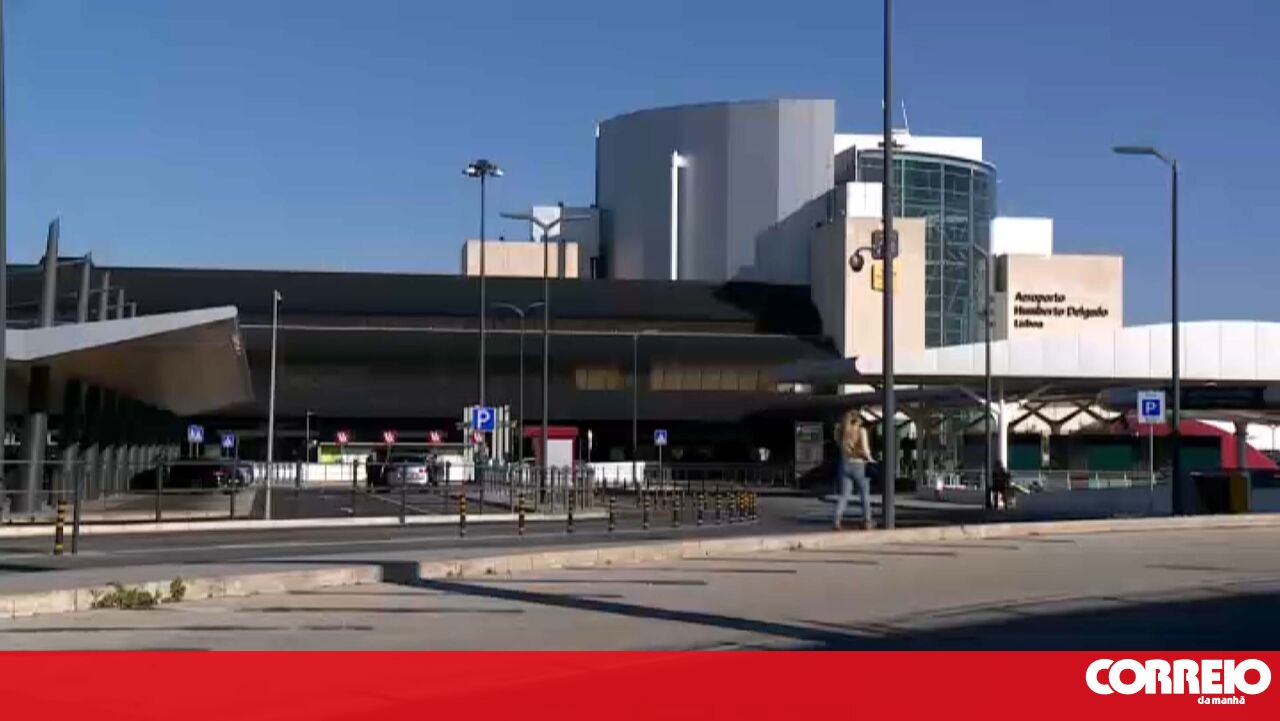


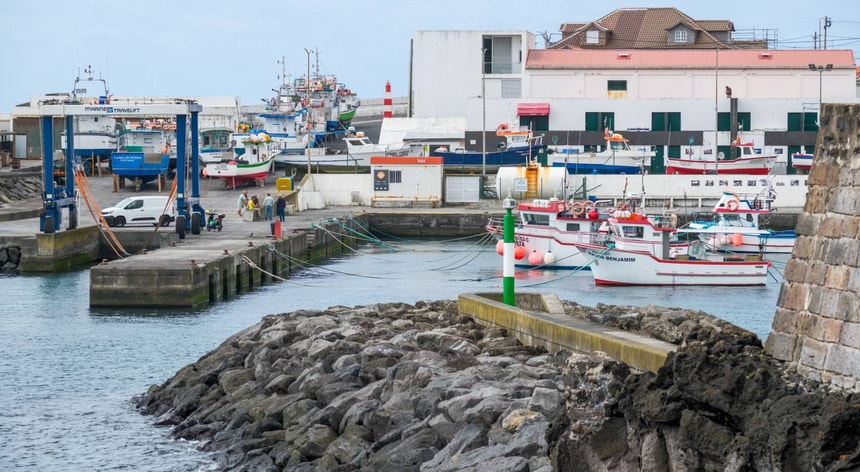

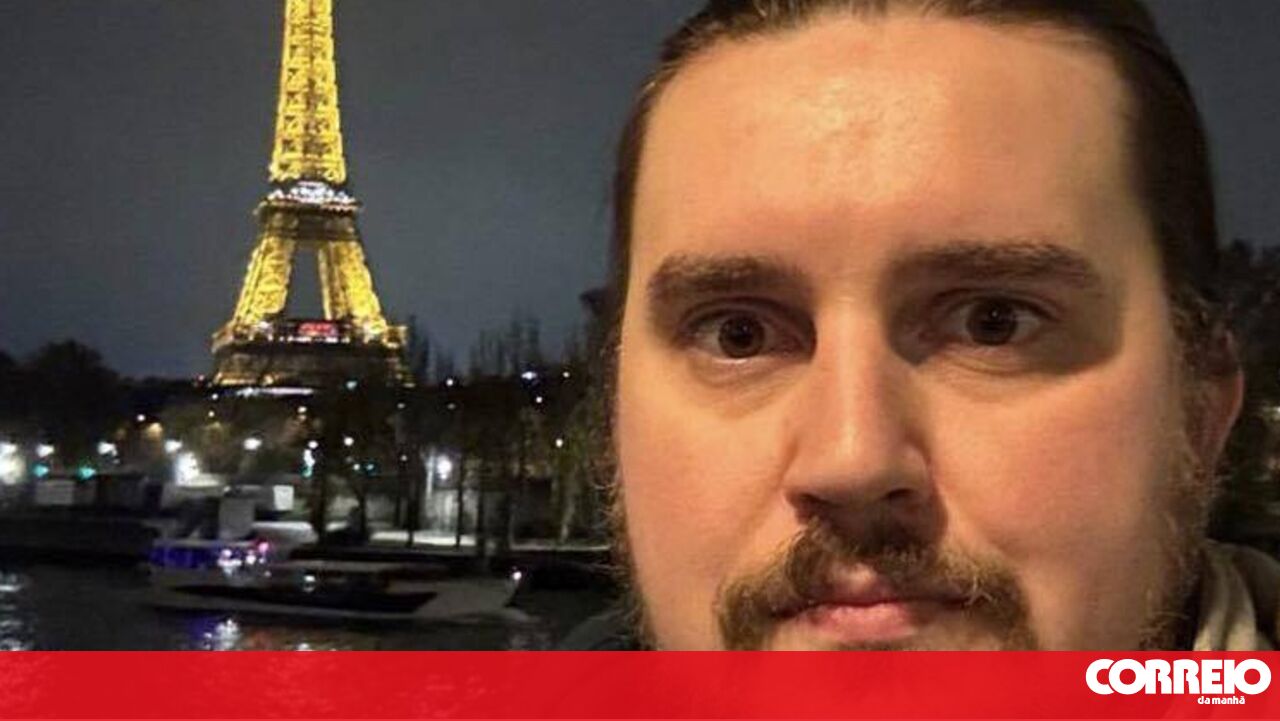

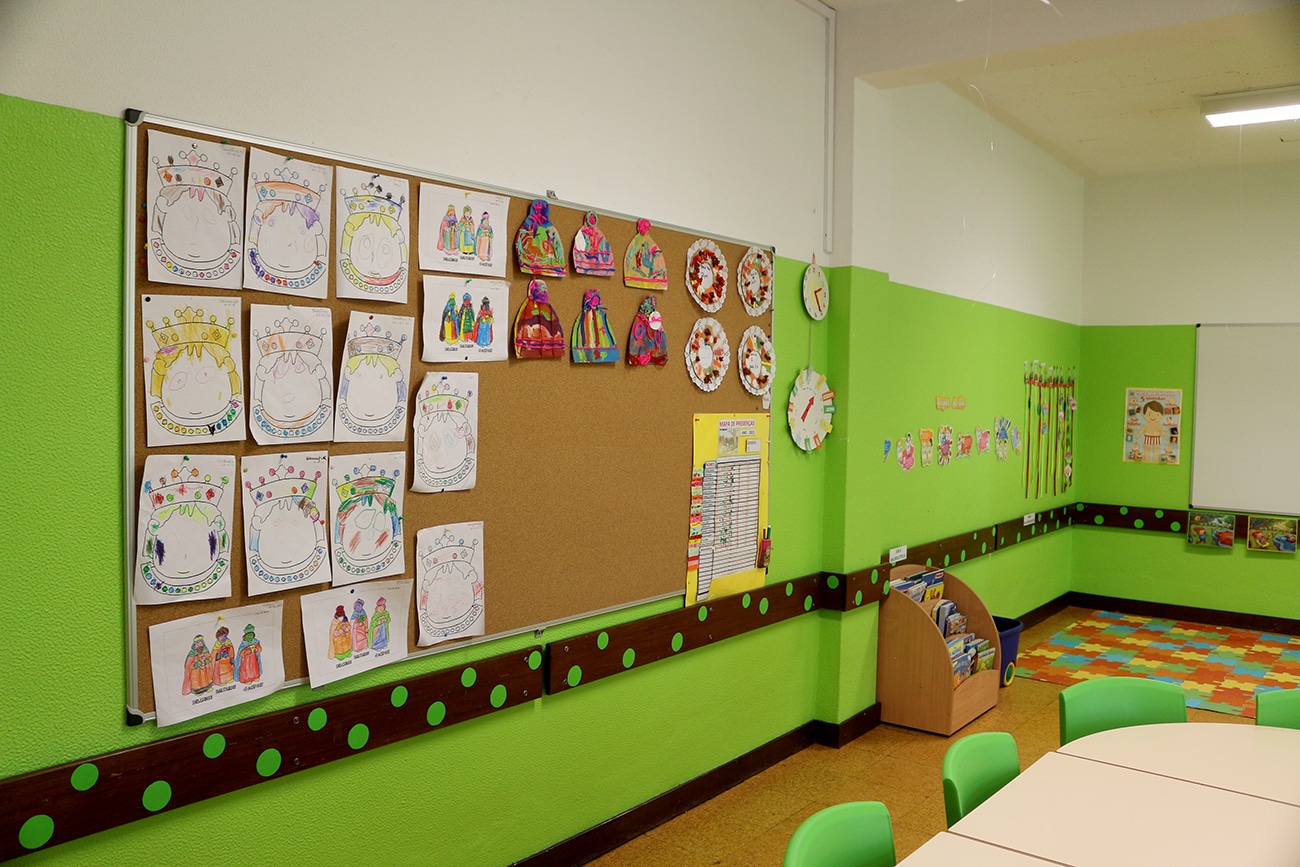










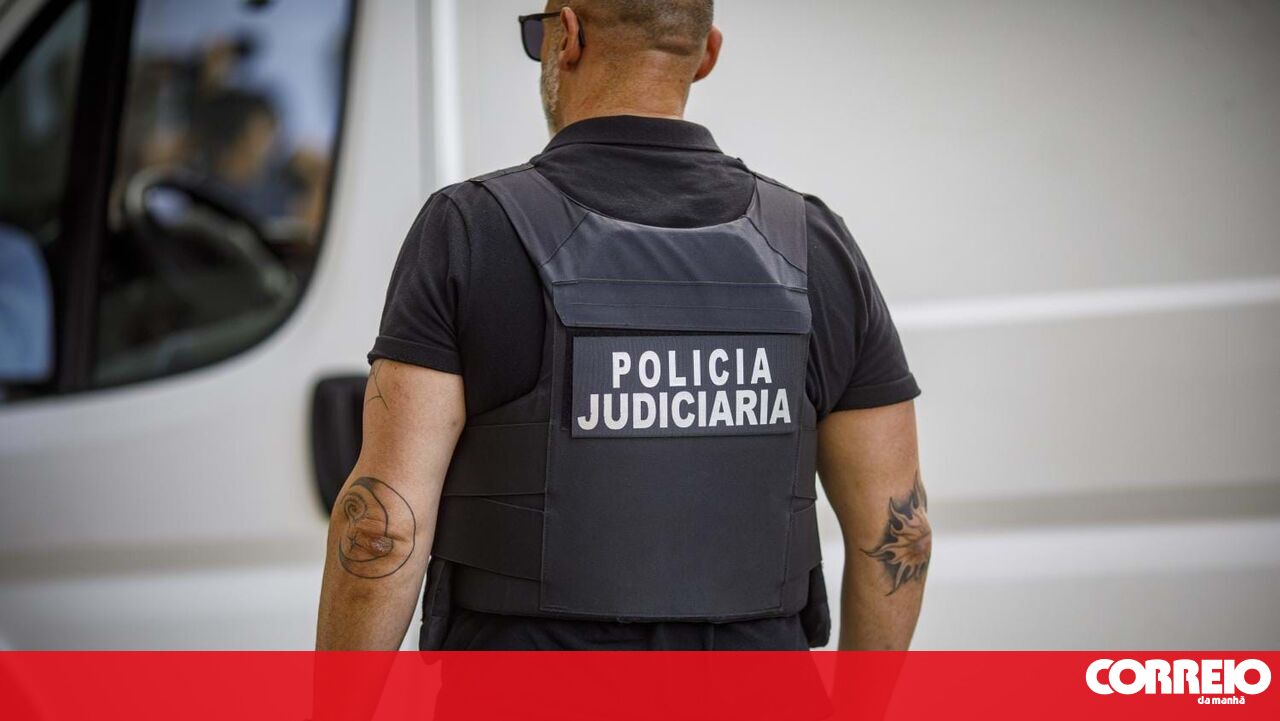
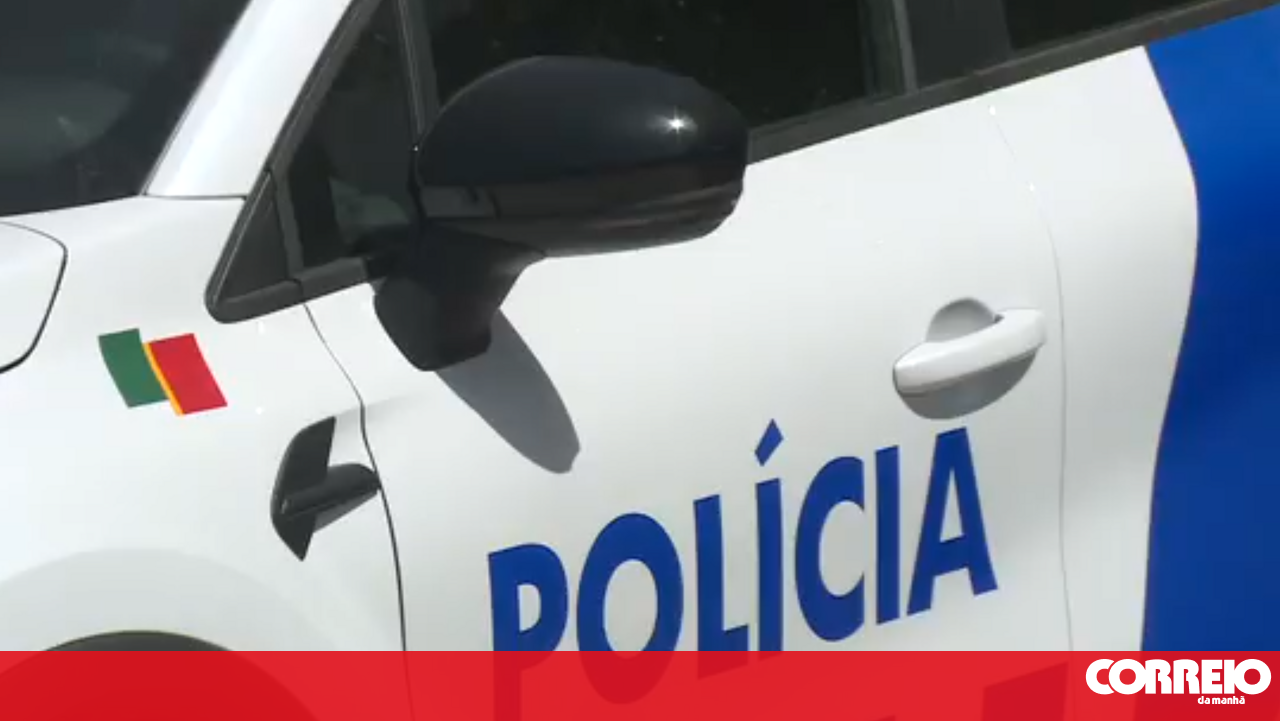


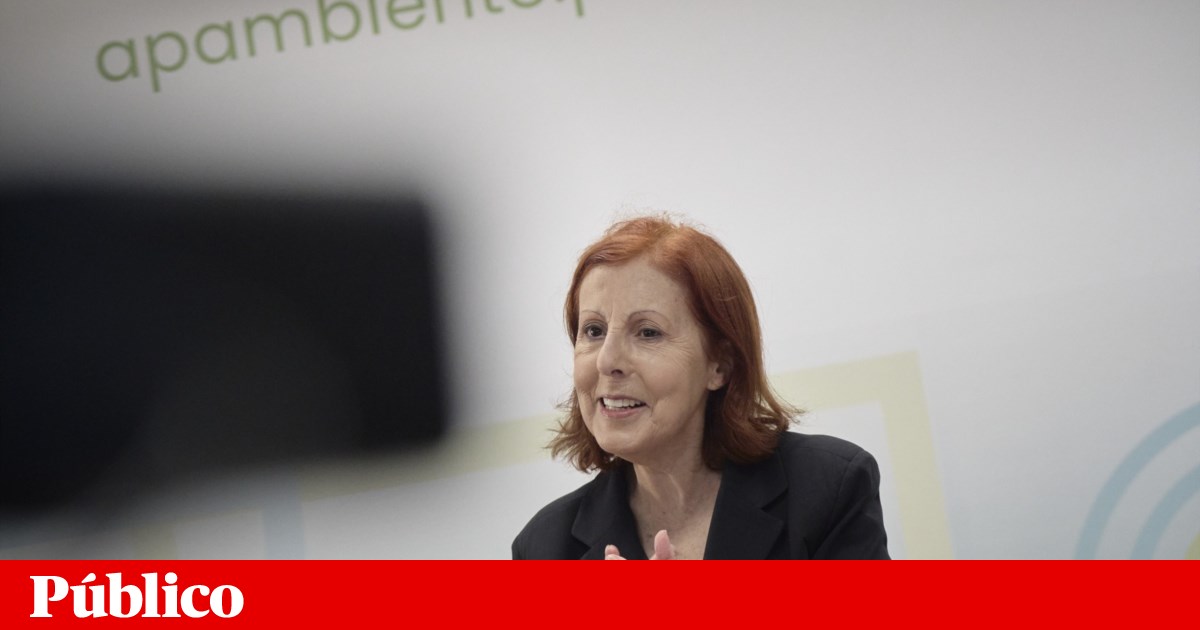
Comments
Join Our Community
Sign up to share your thoughts, engage with others, and become part of our growing community.
No comments yet
Be the first to share your thoughts and start the conversation!